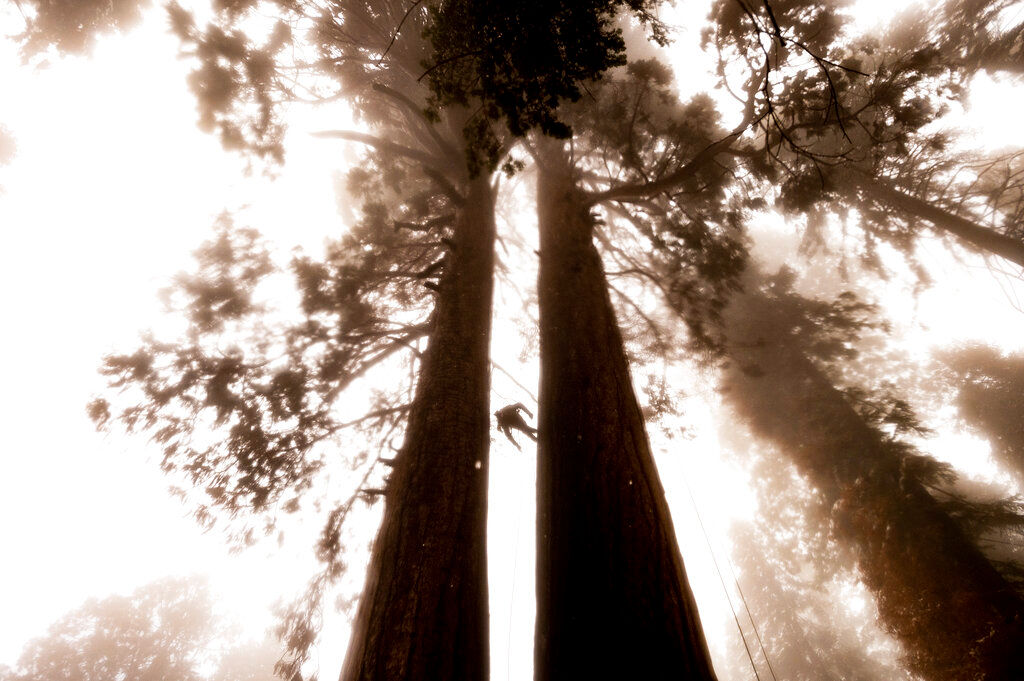When the giant sequoia had sprouted from the ground in now named as Yosemite National Park, it is known that the Roman Republic was nearly two centuries away from forming and the geoglyphs making up the Nazca Lines of southern Peru was not etched for around 200 years.
The giant sequoia, that is estimated to be 2,700 years old (and possibly even older), is one of the oldest trees in the world that has evolved to withstand the flames that periodically sweep through its environment. Some of the trees, of the same species, can grow more than 300 feet tall (about as high as a 30-story building) and dozens of feet wide. They are the world’s most massive tree and one of the largest organisms on earth.
Also read: US takes emergency action to save giant sequoias from wildfires
It is reported that these trees are found only in about 73 groves scattered along the western slopes of California’s Sierra Nevada, from Tahoe National Forest to the Giant Sequoia National Monument northeast of Bakersfield, California.
In 1864, President Abraham Lincoln first set aside the Grizzly Giant and the other sequoias of Mariposa Grove as federally protected, eight years before the designation of the country’s first national park.
Recently, amid the heatwaves and wildfires, the Mariposa Grove has been threatened by the Washburn Fire, which began on July 7 and has burned through more than 4,000 acres of forest.
So far, the Mariposa trees have escaped the fate of Alder Creek Grove, another stand of sequoias in the Giant Sequoia National Monument that was scorched during the Castle Fire in 2020.
Also read: Wildfires threaten Athens’ hillside suburbs for second day
Almost all of the trees in the most intense part of the fire perished—amounting to the loss of 10 to 14 percent of all living giant sequoias. There is concern that these towering giants could also meet the same fate, with wildfires increasingly amplified by rising temperatures.
Also read: White House gives federal firefighters pay raise as wildfire season nears
Scientific American spoke with Paul Ringgold, chief program officer of the nonprofit Save the Redwoods League to learn more about these extraordinary American icons.
How are giant sequoias able to grow so big?
It is still a question that has not been completely answered. But one should certainly know that, like their cousin the coast redwood, these trees have adapted to be very effective at pulling in water and translocating that water high up into the canopy.
Their cellular structures seem to be very specifically adapted to draw water to such great heights.
Also read: Wildfire leads to evacuation order near Genoa Cemetery, Nevada
Also, the specific adaptations in their bark, which is a natural insulator—that very thick and fibrous bark that can get up to two feet thick in some of the largest trees—it’s a perfect insulator. That bark allows them to withstand the impacts of a fire where other trees often have not. And that adaptation, I think, has gotten them to where they are.







